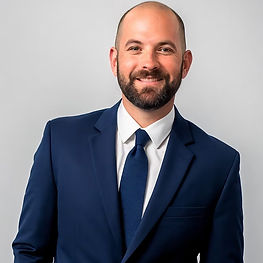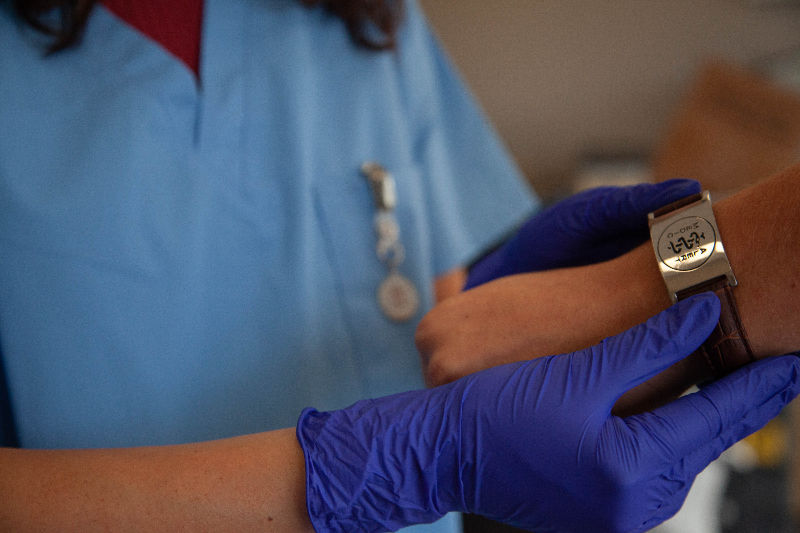Mental Disorders, Addiction, and Art Therapy
- Aug 6, 2020
- 6 min read
Updated: Aug 14

Dealing with mental health disorders and addiction is incredibly challenging, especially when you feel like you can't find the right words to describe your pain. It's a complex journey, but one that can be navigated successfully. There are proven, creative ways to express these difficult emotions and unlock a more holistic recovery.
What is art therapy and how can it help with depression, anxiety, and addiction?
Art therapy is a creative approach that uses the act of making art to help people express complex emotions and develop coping strategies. It helps individuals externalize their struggles, seeing them as separate from their identity, which is especially powerful for those dealing with a dual diagnosis.
Dive deeper into how creating art can be a unique language for those struggling with mental health and addiction. You'll discover how this therapeutic approach can be a powerful complement to other recovery methods.
How Can Art Therapy Help with Anxiety, Depression, and Addiction Recovery?
Mental health disorders and addiction have a very complex relationship. Someone suffering from an addiction of any kind can create an unstable and difficult emotional state, while someone suffering from anxiety, depression, or any other mental health disorder may look to drugs or alcohol in order to help them ease their pains.
In recovery, it is important to address both the mental health and addiction aspects simultaneously in order to pursue a holistic recovery. However, a key part of recovery is voice. Expressing the complex emotional state of someone who suffers from anxiety, depression, or an addiction of any kind is a difficult task for anyone to undertake as words that can accurately describe someone’s pain are often elusive or ill-fitting. In these cases, it may be beneficial to pursue a different method of expression.
Art therapy for anxiety and depression, especially when simultaneously attempting to address addiction artwork, may provide someone with a unique way to convey complex emotional states and feelings.
What Is Art Therapy?

The core element of creation that art therapy employs is something that carries over into all other aspects of someone’s recovery. It is practicing the act of physically creating something that can translate to someone being more open to the creation of different emotional and mental coping strategies.
As a result of this fluid creation approach to therapy, there are always new art therapy ideas for depression, anxiety, or addiction that each person can explore.
An Option for Those Robbed of Voice

Art therapy will have varying degrees of success in each person, but it is something that is available to everyone. Someone doesn’t need to be a refined, practiced painter in order to get a lot out of an art therapy session. Depression artwork can take any form the artist sees fit.
Even a chaotic mess of lines can be highly impactful and representative of the entropy that is constantly in one’s mind, keeping them off balance on an emotional level. Anxiety art, depression art, and addiction art are all means of emotional expression.
These emotions can be dangerous to bottle up and difficult to talk about. Using art therapy can be an outlet for these difficult expressions, all while maintaining a personal and wholly accurate representation of someone’s mind in mental health and addiction recovery.
The Power of Creating an Outside Representation

Mental health disorders and addiction can often feel all-encompassing, especially when someone is suffering from a dual-diagnosis of the two. Art therapy for depression, anxiety, and addiction can provide a physical way for someone to begin to dissociate themselves with their afflictions.
While someone may feel like they are at the mercy of their anxiety, depression, or addiction, having a way for them to create a physical representation can help them begin to see the afflictions as an external source, rather than the sole, core part of their identity. Art therapy, in this case, becomes an exploration not just of someone’s mental and emotional state, but also of their own identities outside of their mental health issues or addiction.
Part of a Greater Whole
Art therapy can be an essential part of recovery for some. Creating art for depression or anxiety relief can be an asset, and art therapy as a whole can become a unique and powerful language that may be the basis that opens up further, intimate dialogue about someone and their mental health or addiction. However, it is also a kind of therapy that works best when paired with other key parts of recovery.
Art therapy is a way for someone to explore their voice, and use this exploration to continue their progress in either individual or group therapy sessions, with their art as an aid not just for others to better understand their emotional state, but also so the artist themselves can see their own progress and state each day.
It is a therapy that can greatly inform and impact all of the other therapeutic aspects of someone’s recovery, and provide a holistic approach to anxiety, depression, addiction, and those suffering from dual-diagnosis.
Frequently Asked Questions:
• What is the core idea behind art therapy?
The core idea is that the physical act of creating something can help someone become more open to creating new emotional and mental coping strategies.
• Do you have to be a good artist to benefit from art therapy?
No, you don't. Anyone can get a lot out of an art therapy session, and even a chaotic mess of lines can be impactful and representative of one's mind.
• How can art therapy help someone with a dual diagnosis of a mental health disorder and addiction?
Art therapy can provide a physical way for someone to start seeing their afflictions as an external source, rather than a core part of their identity.
• How does art therapy provide an outlet for emotions?
Art therapy can be an outlet for difficult expressions, providing a personal and accurate representation of someone's mind, which can be difficult to talk about.
• Should art therapy be used on its own for recovery?
No, art therapy works best when paired with other key parts of recovery, such as individual or group therapy, where the art can serve as an aid for understanding and progress.
Navigating the complex challenges of mental health and addiction requires a supportive, understanding partner. At Chateau Health and Wellness Treatment Center, we believe in a holistic approach that honors your unique journey. If you or a loved one is seeking a compassionate space to explore new paths to healing, including the creative expression found in art therapy, we are here to walk with you. We're committed to providing the resources and guidance you need for a lasting recovery. Please don't hesitate to reach out to us at (435) 222-5225; we're ready to help you create a brighter, healthier future.

About The Author
Ben Pearson, LCSW - Clinical Director
With 19 years of experience, Ben Pearson specializes in adolescent and family therapy, de-escalation, and high-risk interventions. As a former Clinical Director of an intensive outpatient program, he played a key role in clinical interventions and group therapy. With 15+ years in wilderness treatment and over a decade as a clinician, Ben has helped countless individuals and families navigate mental health and recovery challenges.
Danny Warner, CEO of Chateau Health and Wellness
Brings a wealth of experience in business operations, strategic alliances, and turnaround management, with prior leadership roles at Mediconnect Global, Klever Marketing, and WO Investing, Inc. A graduate of Brigham Young University in Economics and History, Danny has a proven track record of delivering results across diverse industries. His most transformative role, however, was as a trail walker and counselor for troubled teens at the Anasazi Foundation, where he directly impacted young lives, a personal commitment to transformation that now drives his leadership at Chateau.
Austin Pederson, Executive Director of Chateau Health and Wellness
Brings over eight years of experience revolutionizing mental health and substance abuse treatment through compassionate care and innovative business strategies. Inspired by his own recovery journey, Austin has developed impactful programs tailored to individuals facing trauma and stress while fostering comprehensive support systems that prioritize holistic wellness. His empathetic leadership extends to educating and assisting families, ensuring lasting recovery for clients and their loved ones.










